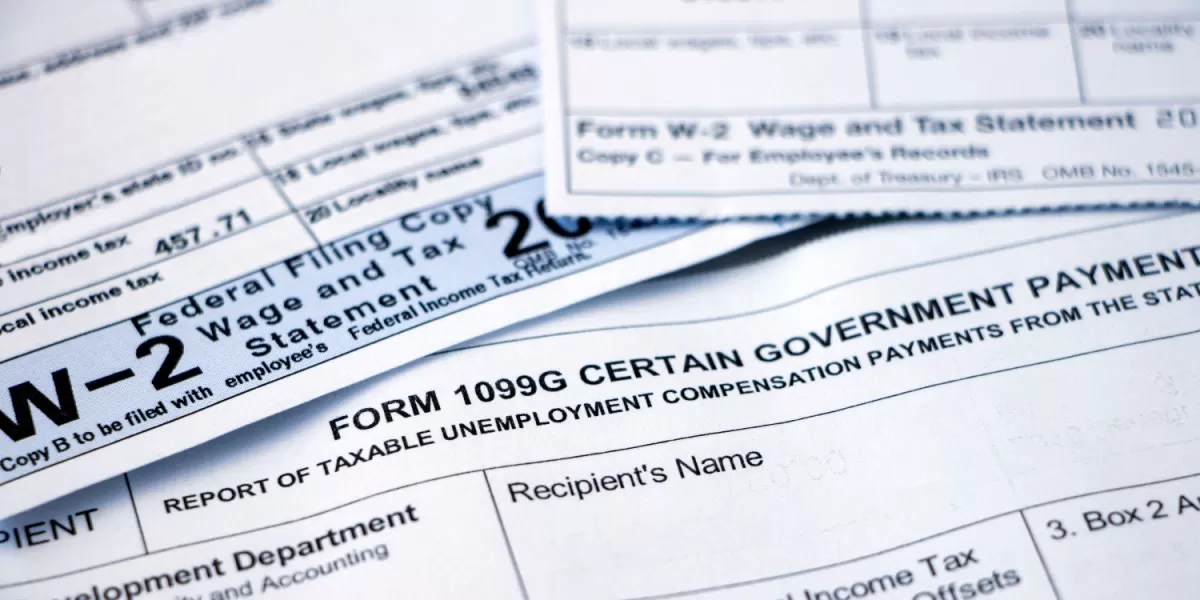
Tax Impact
Taking an early distribution from retirement plans—such as 401(k)s or IRAs—can significantly impact your tax situation. Here’s what you need to know about the potential tax implications:
Early Distribution Defined
An early distribution typically refers to withdrawing funds from a retirement account before reaching the age of 59½. The tax implications vary depending on the type of retirement account.
Potential Tax Implications
1. Income Tax
- Early distributions are generally subject to ordinary income tax. This means that the amount withdrawn is added to your taxable income for the year.
- Depending on your total income, this could push you into a higher tax bracket.
2. Early Withdrawal Penalty
- Most early distributions incur a 10% penalty tax on the amount withdrawn.

Tax Advantages
Owning a home is often considered a significant milestone in American life, representing both financial security and personal achievement. Beyond the emotional benefits of home ownership, there may be compelling tax advantages that homeowners can leverage to enhance their financial well-being.
Homeowners who choose to itemize their tax deductions can take advantage of various credits and deductions that can significantly reduce their taxable income.
- Mortgage Interest Deduction: The interest paid on mortgage loans can be deducted, providing substantial savings on tax bills.
- Property Tax Deduction: Homeowners can deduct the property taxes they pay, further decreasing their taxable income.
- Mortgage Insurance Premium Deduction: Homeowners paying private mortgage insurance may be able to deduct those premiums, adding to their potential savings.

Your W-2 Form?
Tax season can be stressful enough without the added complication of a missing W2 form. If you find yourself in this situation, don't panic. There are steps you can take to track down your missing W2 and ensure that your taxes are filed accurately and on time.
First, it's important to determine why you haven't received your W2 form. If you've changed jobs or moved during the year, it's possible that your W2 was sent to an old address. Contact your former employer to make sure they have your current address on file and request that they re-send your W2. Many employers also offer the option to access your W2 online through their payroll service provider, so be sure to check for this option as well.
If you're unable to get a hold of your former employer or if they are unable to provide you with a copy of your W2, you can request a copy from the IRS. To do this, you'll need to file Form 4852, Substitute for Form W-2, Wage and Tax Statement.
